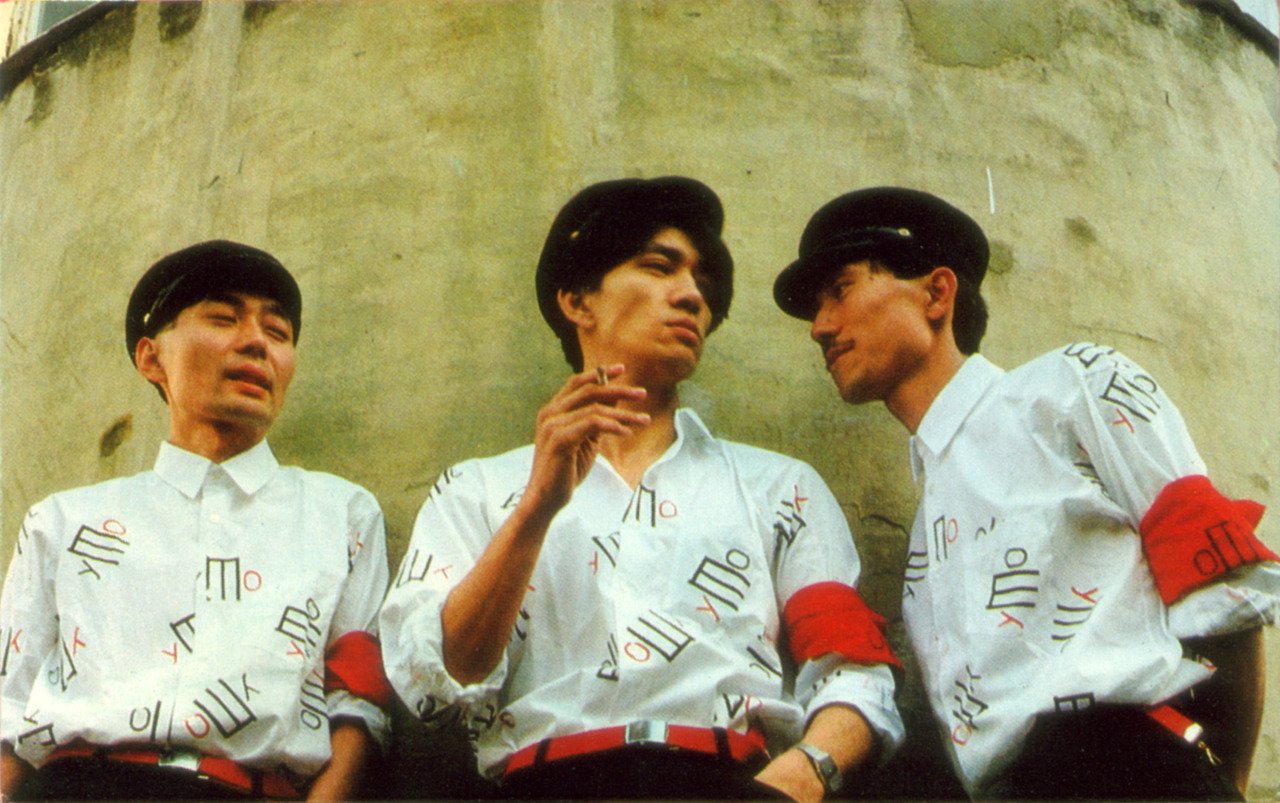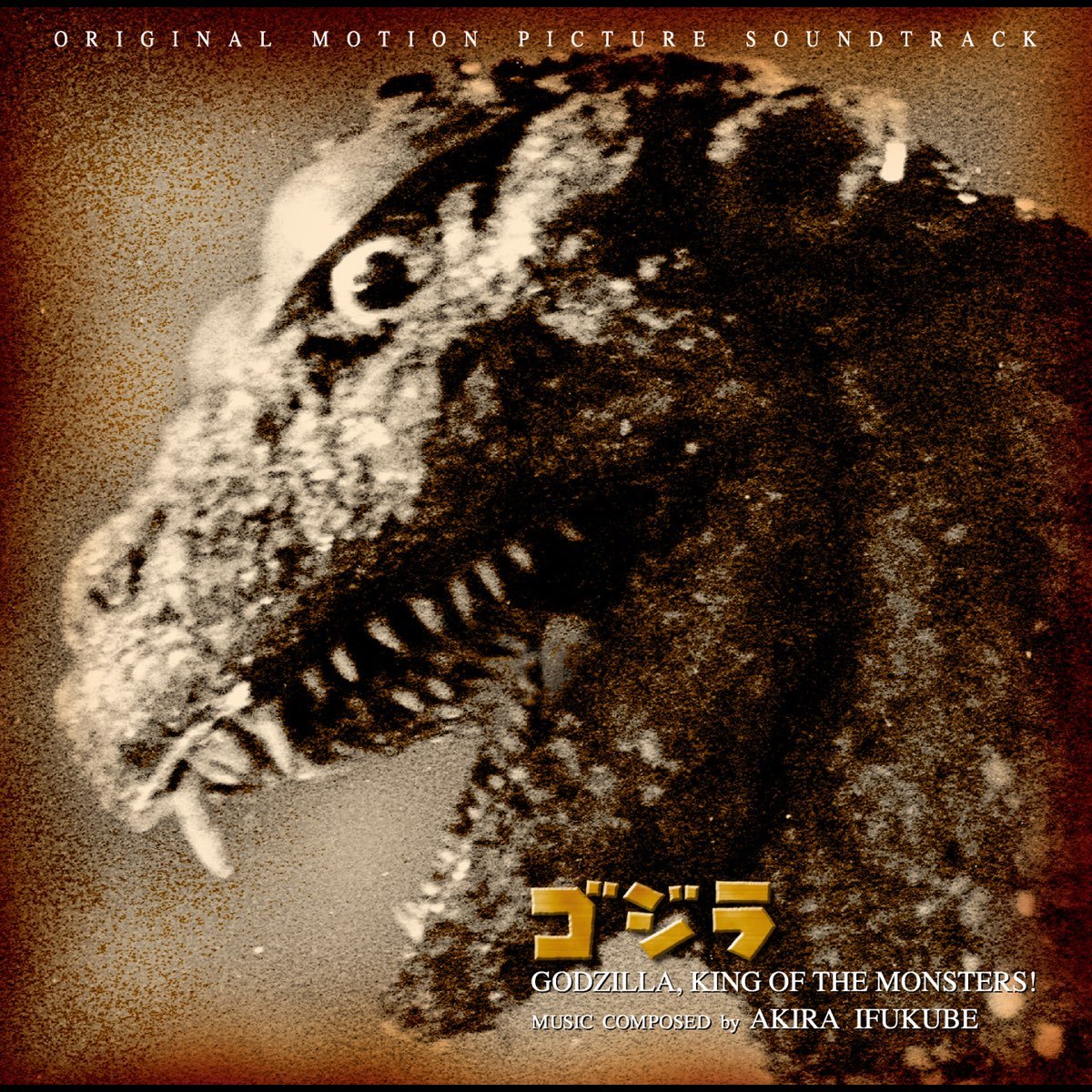Experimental & Extraterrestrial: The Musical Legacy Of Yann Tomita

Yann Tomita is one of the most notable Japanese experimentalists of all time, producing a massive amount of material over several decades. Tomita advanced the Japanese music scene by introducing elements from alternative genres such as acid jazz, exotica, dub, and contemporary electronic. Many of these sounds were rather uncommon in Japan at the time, shaking up the underground experimental scene.
Unfortunately, due to the nature of indie music during the analog era, much of his very early works [such as his contributions in the late seventies to the bands Tiny Exotica Boys and Rude Flower] are lost to time. Tomita’s documented career began, surprisingly, on the steel drum. An instrument that Tomita famously called “the closest sound to outer space.” He travelled to Trinidad and Tobago in the mid 1980s to study the instrument and soon returned to Japan as a musical pioneer in his home country, gaining notability among promising Japanese musicians.
By the late 1980s, Tomita had established himself as a prolific producer in the music global industry, garnering recognition from cutting edge artists including Boredoms, Grandmaster Flash, and Seiko Ito, assisting with studio recording and production on a number of influential rock and hip hop albums during a very transformative period for the music scene in Japan and around the world.
Tomita released his first solo effort, “Music for Astro Age”, in 1992 under his newly minted label, Audio Science Laboratory. This project consisted of sleek, experimental acid jazz overlaid by Tomita’s astral steel drum and trippy conceptual vocals describing a psychedelic David Bowie-esc space expedition. These elements cemented Tomita’s sound and themes for his following projects.
In 1994, he released “Happy Living” under the alias “Astro Age Steel Orchestra”. This project saw Tomita become even more experimental, taking heavier dub inspirations and generating a final product that is arguably the most digestible for the average listener in all his discography. This instrumentation focuses on fresh, non-challenging, but highly conceptual instrumentation that even holds up today as ultra-modern.
Tomita later worked with Tosho Nakanishi of The Plastics, Bernie Worrell of Funkadelic, Percy Jones of Brand X and others on Watermelon Group’s 1995 release, “Cool Music”. A uniquely progressive funk record that combined elements of psychedelic rock with Tomita’s classic dub/acid jazz/exotica sound. Tomita’s influential contribution is easily heard in the glossy percussion and peculiar vocals.
That same year Tomita released “Doopee Time”, produced by Tomita and credited to the fictitious band “The Doopees” [consisting of Suzi Kim and Buffalo Daughter’s Yumiko Ohno]. “Doopee Time” is critically acclaimed for its otherworldly space age pop sound, building upon the styles he’d explored in his prior projects. The album’s vocals theatrically explores themes of time, life and metaphysics, layered over Tomita’s eclectic instrumentation, this time taking influence from cinematic symphonies, doo-wop harmonies, and 20th century American pop standard. A follow-up EP, “Dooits” was released the following year in 1996.
Tomita’s next project, 1998’s “Music For Living Sound” sees him brilliantly experiment with past ideas as well as new inspirations. This nearly two and a half hour experience manages to capture the listener by alternating various sounds Tomita has explored, while also taking new inspirations from Japanoise, garage rock, hip hop, drone, atmospheric, and 1990s jungle and house. Tomita also recruited previous collaborators such as Grandmaster Flash and Suzi Kim. Like all Tomita projects, one of the most interesting aspects of this project is the spoken word vocals. While Tomita’s vocals previously explored metaphysics and psychedelic futurism, this project utilizes its vocals to explain Tomita’s creative process and inspirations, giving the listener the feeling of being within the studio with Tomita himself.
A highly anticipated third Doopees installment in the form of a full length LP sequel titled “Monalisa” was announced following “Music For Living Sound”, but was cancelled by Tomita after he sustained an injury after 6 months of daily extended production on the album. Following this, Tomita largely halted his studio work, only releasing reworks of previous songs and a few unreleased cuts over the next decade.
Today, Tomita performs several times a year, but in his nature, remains largely out of the mainstream and public eye. His discography may only be known to a relatively small group of industry insiders and dedicated music fans. Nonetheless, Tomita is considered one of the greatest Japanese producers of all time and a visionary whose influence lives on to this day through the innovative concepts and ideas he presented in his music.
Text by: Kade Nations





